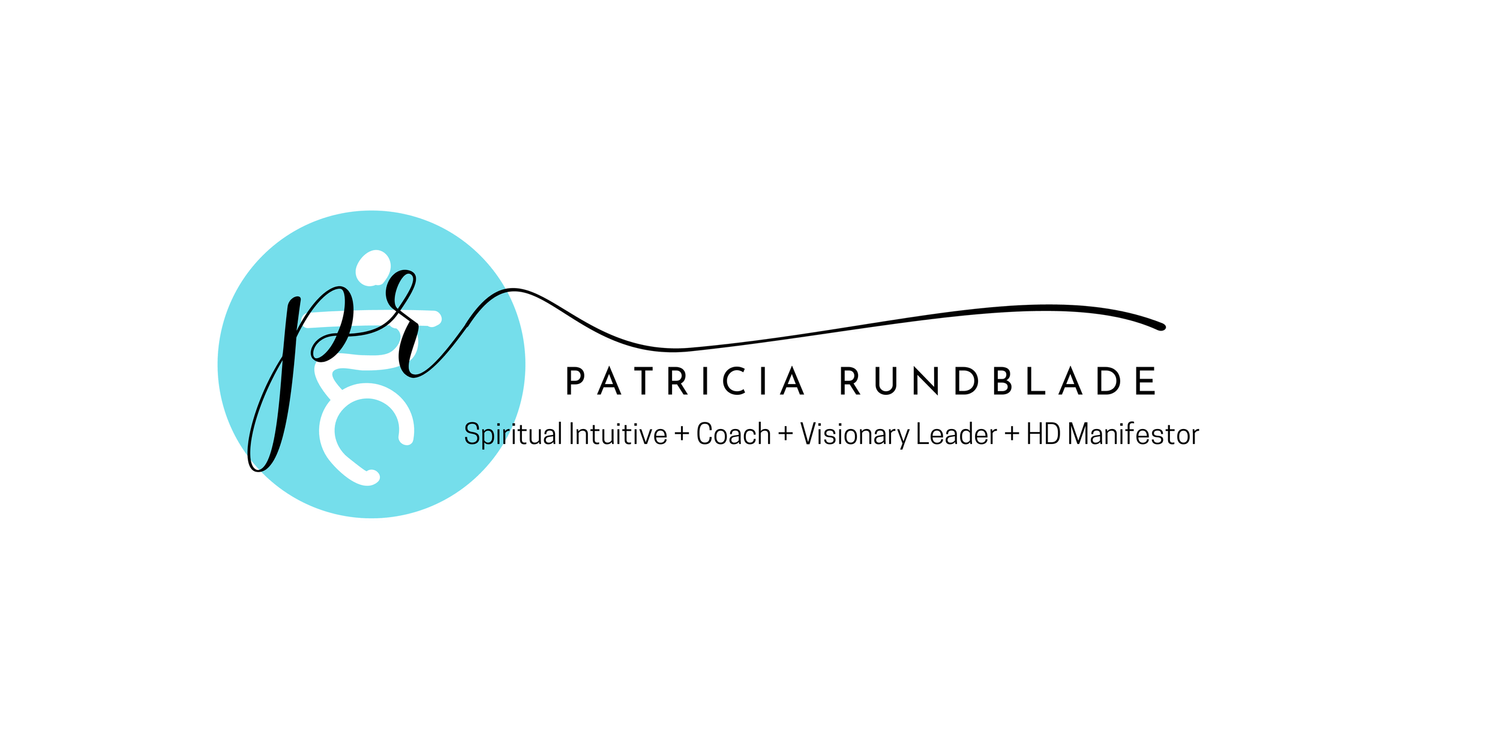The Connection Between Astrology And Tarot
What is this connection that is so mystical and interesting?
Why is this work and experience so captivating to so many, and yet ‘poo-poo’d’ upon by so many others?
From my experience, yes there are some real quacks out there, as in any profession, right? I guess the question really is, why is this one area of study, Astrology, so intertwined with so many others like numerology, human design, kabbalah, shamanism, and curanderismo (my personal fave). What are the seers in each of these areas seeing in the stars that match up with the ancient practice of tarot? Let’s take a closer look…
Tarot astrology is the system through which a reading of the cards in a tarot deck helps you through troubled times by offering a reflection on your past, present and future. Tarot is closely associated with astrology as each card relates to a planet, element, or astrological sign.
Tarot cards are used for divination, often known as fortune telling. But, many psychologists have used them as well, feeling that the cards often make patients delve into how they feel about themselves. This is done through the subconscious. For example, let's say you know work is not going well, but you do not allow yourself to think about it. Getting a tarot card reading that shows you need to change occupations is not really telling your future so much as it is making you face what is really going on in your life. Truth be told (no pun intended) many mental healthcare professionals use the Tarot or some form of divination tool in their practices. A therapist I work with on the reservations uses a crystal pendulum to help her clients open to the truth of their actions, beliefs, words, and their thoughts. A little unconventional, yes. Does it help the client see a different perspective and open to some truths, yes.
A tarot card deck consists of 78 cards that fall into two distinctive parts. The first part is called the Major Arcana. This part of the deck has 22 cards, 21 suitless cards referred to as trumps and one card called The Fool. It is believed that these cards represent different stages of life that we go through. Many are recognizable such as the Magician (associated with the planet Mercury), the Lovers (associated with the astrological sign Gemini), and the Death card (associated with Scorpio).
The other 56 cards are in the Minor Arcana. Arcana is taken from the Latin word ‘akanum’, meaning secret. The Minor Arcana is divided into four suits, just like regular playing cards. The four suits are the Cups, the Wands, the Swords, and the Pentacles. Each of these cards represents a certain element of the Earth and is associated with certain astrological signs.
The Cups represent water and are associated most closely with Cancer, Scorpio, and Pisces. The Cups stand for emotions, spirituality, and the unconscious.
The Wands represent fire and are associated with Aries, Leo, and Sagittarius. The Wands stand for action, creativeness, and personal growth.
The Swords represent air and are associated with Libra, Gemini, and Aquarius. The Swords stand for the mind, intelligence, and knowledge.
The Pentacles represents earth itself and is associated with Taurus, Virgo, and Capricorn. The Pentacles stand for physique, bodily experiences, and practicality.
In addition to the four suits, there are also Court cards including the King, Queen, Prince, and Princess for each suit.
The Minor Arcana cards provide more details to the Major Arcana cards. The Major Arcana gives an individual direction and information about their personal life and emotional and mental state (I call them lessons). The Minor Arcana cards offer additional guidance in areas such as relationships, activities, failures, and successes (I call these steps). The Major Arcana cards are seen as more spiritual while the Minor Arcana cards are seen as material.
Over the years, the interpretation of the cards has evolved. Modern decks of tarot cards are much more expressive than the earlier version, due in part to the images being more inclusive and closely associated with their meaning. Tarot readers prize their cards and often will not let others touch them as they are viewed as sacred tools of their trade. (Guilty!) Many card sets are often viewed as works of art because of the detailed pictures on each one. (Guilty, again…)
So, whether you get a tarot card reading virtually or in person, there are several things you should keep in mind. The tarot card reading should not scare you, but rather give you a better understanding of yourself. They will help you with not only what your future holds, but also what is presently going on in your life. You should leave the reading with a positive attitude and feeling enlightened. Please understand too, a tarot reading is not set in stone, and is opening you up to a different perspective, and potential outcome, and or a possibility. You are still in control over your free will, your thoughts, and actions, and the choices you make beyond the reading.
I can recall a client when I was reading at a magical mystical store by the beach, this client called each week like clockwork, which in and of itself was not an issue. The concern was when she asked the same questions each week and each time and she would pit readers against each other, and compare their readings and then be dissatisfied when the readings were slightly different or glaringly different. Just like the art on the cards are different, the readers are also different and come from different energies and perspectives, which can create variations in what the cards are revealing. It’s all about maintaining perspective whether you are looking at Astrology or the Tarot.
Until next time…
P.S. If you would like to experience a Tarot reading from me, just email me at patricia@patriciarundblade.com and we will get it in the books.

